Piles, also known as hemorrhoids, are a prevalent condition, affecting approximately 50% of individuals by the age of 50. This condition impacts both men and women equally.
Understanding the symptoms, types, and treatment options for piles is essential for effective management and relief. In this context, Dr.Senthil. specializes in laser surgery for hemorrhoids. With years of expertise and a patient-centered approach, he provides exceptional care for individuals suffering from this condition. Dr.Senthil. offers laser piles treatment in Hosur, which is associated with reduced pain and a faster recovery time.
If you seek effective and compassionate treatment for piles, consult Dr.Senthil. in Hosur to explore your options and take a proactive step towards improved health.
Piles, commonly referred to as hemorrhoids, are a prevalent condition that affects many individuals and can lead to significant discomfort. They occur when the veins in the lower rectum or anus become swollen and inflamed, often resulting in various symptoms that can interfere with daily activities. The condition can affect anyone, but it is particularly common among pregnant women and individuals over the age of 50.
This overview will delve into the symptoms associated with piles, which may include pain during bowel movements, itching, swelling around the anus, and even bleeding. We will also explore a range of treatment options available, from simple lifestyle changes and over-the-counter medications to more advanced procedures, ensuring you are well-informed about the potential solutions. Additionally, we will address frequently asked questions to clarify common misconceptions surrounding this condition. Our ultimate aim is to enhance your understanding of piles, providing you with the knowledge and tools to manage the condition effectively, thus promoting better health and well-being.
Piles, also known as hemorrhoids, can be classified into two main types based on their location and severity, which can affect the symptoms experienced by the patient.
Internal Piles: These are located inside the rectum and are generally not visible externally. Although they typically do not cause pain, they may result in bleeding during bowel movements. In some cases, they can protrude outside the anus, leading to additional discomfort and requiring medical attention.
External Piles: These develop under the skin around the anus and can be quite painful, especially when irritated or thrombosed (clotted). Patients may experience symptoms such as swelling, itching, and discomfort, particularly during bowel movements. Treatment options are available to alleviate symptoms and address underlying issues.
The severity of hemorrhoids can vary significantly. They are classified into grades based on their size, degree of prolapse, and associated symptoms. The grading system for hemorrhoids is as follows:
Grade I: Hemorrhoids are present but do not protrude outside the anal canal.
Grade II: Hemorrhoids protrude outside the anal canal during bowel movements but retract spontaneously.
Grade III: Hemorrhoids protrude outside the anal canal and require manual intervention to be pushed back in.
Grade IV: Hemorrhoids are permanently protruding and cannot be pushed back into the anal canal; they may become thrombosed.
The symptoms of piles can differ based on whether they are classified as internal or external. Recognizing these symptoms early can lead to more effective management and treatment. Common indicators include:
Pain or Discomfort: Many individuals experience pain, especially during bowel movements, which can vary in intensity from mild to severe.
Itching or Irritation: Persistent itching or irritation around the anal region can significantly impact daily activities and quality of life.
Swelling or Lumps: You may notice swelling or the presence of lumps near the anus, which can be sensitive to touch.
Bleeding: One of the more alarming symptoms is bright red blood on toilet paper or in the toilet bowl, often occurring after a bowel movement.
Mucus Discharge: Some individuals may experience mucus discharge from the anus, which can lead to further irritation and discomfort.
If you notice any of these symptoms, it's essential to consult a healthcare professional for an accurate diagnosis and appropriate treatment options.
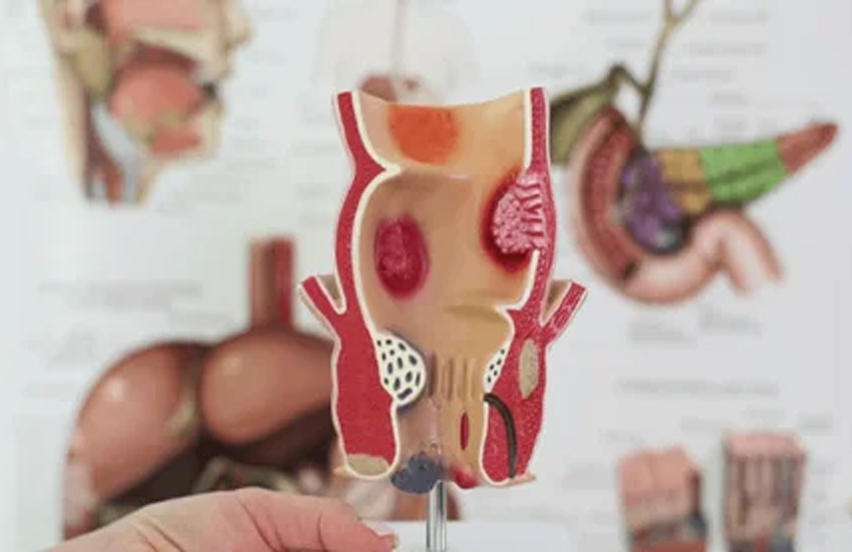
Straining During Bowel Movements: Straining to pass stools due to constipation or diarrhea puts pressure on the veins in the rectal area, leading to swelling and inflammation.
Chronic Constipation or Diarrhea: Conditions that cause frequent constipation or diarrhea can increase the risk of developing piles, as straining during bowel movements aggravates the veins in the anal canal.
Pregnancy: Increased abdominal pressure and hormonal changes during pregnancy can lead to the development of piles, which often improve after childbirth.
Sitting or Standing for Prolonged Periods: Jobs or activities that require prolonged sitting or standing can contribute to this disorder, as extended periods in these positions put pressure on the veins in the lower rectum.
Obesity: Being overweight or obese increases pressure on the pelvic area and abdomen, which can lead to the development of piles.
Age: As individuals age, the tissues supporting the veins in the rectum and anus weaken, making them more susceptible to swelling and inflammation.
Genetics: A genetic predisposition may increase the risk of developing piles, particularly in individuals with a family history of the disorder.
Heavy Lifting: Activities that involve heavy lifting or straining can increase intra-abdominal pressure, contributing to the development of piles.
Poor Diet: A diet low in fiber can lead to constipation, thereby increasing the likelihood of straining during bowel movements and the subsequent development of piles.
To reduce the risk of developing hemorrhoids, consider implementing the following preventive strategies:
There are various treatment options available for hemorrhoids, ranging from non-surgical approaches to surgical interventions:
Boost your daily intake of fiber to soften stools and reduce straining during bowel movements. High-fiber foods include whole grains, legumes, fruits, and vegetables. Adequate fiber intake can significantly alleviate symptoms by promoting smoother bowel movements.
Drinking plenty of water is essential to maintain soft stools and prevent constipation, which can exacerbate this condition.
Over-the-counter creams, ointments, and suppositories can help relieve symptoms like itching, pain, and swelling. Common active ingredients include lidocaine (for pain relief), witch hazel (for soothing), and hydrocortisone (to reduce inflammation).
Sclerotherapy involves injecting a chemical solution directly into the affected area, which causes the blood vessels to shrink by reducing blood flow. This procedure is typically painless and effective for treating certain cases.
In this procedure, a small elastic band is placed at the base of the internal hemorrhoid, cutting off its blood supply. The hemorrhoid then shrinks and falls off within several days. This minimally invasive procedure can often be performed in a doctor’s office without anesthesia.
This is a surgical procedure that involves the complete removal of hemorrhoids. It is typically recommended for large, protruding internal or external hemorrhoids that cannot be effectively treated through non-surgical methods. The procedure is performed under spinal or general anesthesia and is considered for severe cases where other treatments have failed. Key aspects include:
This procedure is designed to treat prolapsed internal hemorrhoids by using a circular stapler to excise excess tissue and reposition the remaining tissue. This technique generally causes less post-operative discomfort and allows for a faster recovery compared to traditional hemorrhoidectomy. Key details include:
Laser treatment is a minimally invasive option that uses a focused laser beam to shrink or remove smaller internal hemorrhoids. This technique is less invasive than conventional surgery and offers several advantages:
Laser treatment for hemorrhoids has become a recommended option due to its significant advantages over traditional surgical procedures. Below are some reasons why laser treatment is preferred:
Before undergoing hemorrhoid treatment, schedule a consultation with your healthcare provider to review treatment options, potential risks, and benefits based on the severity of your condition.
Your healthcare provider may recommend fasting for a set period before the procedure to reduce the risk of complications during anesthesia.
Inform your doctor about any medications or supplements you are taking. They may advise you to discontinue certain medications, especially blood thinners, before the procedure.
Follow any instructions regarding bowel preparation, such as using an enema or laxatives, to cleanse the rectal area before the procedure.
Since hemorrhoid procedures often involve sedation or anesthesia, arrange for someone to drive you home after the treatment.
Ensure that you are familiar with the post-procedure care instructions your doctor provides, such as managing pain, preventing constipation, and recognizing signs of complications.
Laser treatment for hemorrhoids is a modern and minimally invasive procedure used to treat hemorrhoids, particularly those that are external or severely inflamed. During the procedure, a laser is used to shrink the swollen hemorrhoidal tissue and promote healing.
This method is highly effective in reducing symptoms such as pain, itching, and bleeding, with the added benefit of faster recovery times compared to traditional surgery. Laser treatment is generally safe, but its suitability depends on the size, location, and severity of the hemorrhoids, as determined by your healthcare provider.
Dr. Senthil is a distinguished expert in laser treatment for piles in Hosur, bringing a wealth of experience and a strong record of successful outcomes. By employing cutting-edge laser technology, he ensures precision, minimal discomfort, and expedited recovery for his patients.
Dr. Senthil's approach is centered on personalized care, offering customized treatment plans and compassionate support throughout each patient's recovery journey. From the initial consultation to post-treatment follow-ups, he and his dedicated team provide comprehensive care to achieve optimal results and enhance patient satisfaction.
For exceptional laser piles treatment in Hosur, trust Dr. Senthil to provide advanced care and effective treatment options. His commitment to excellence and patient-focused approach makes him a leading choice for individuals seeking reliable solutions for piles.
Understanding the symptoms, types, and treatment options for piles is essential for effective management. Whether through lifestyle modifications, medications, or surgical interventions, relief from this condition is attainable with appropriate medical care. If you are experiencing symptoms, we encourage you to book a consultation call now!
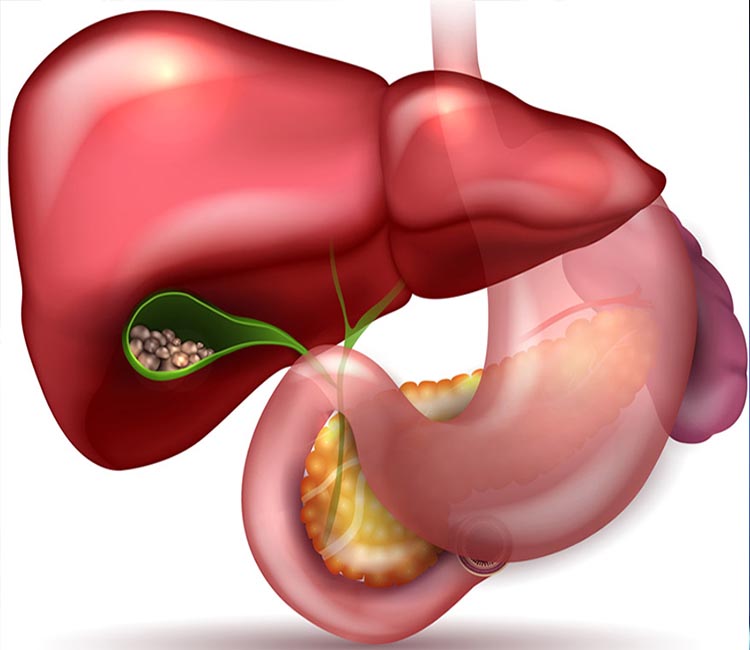
We offer advanced minimally invasive surgery for gallbladder stones, providing effective treatment to alleviate pain and prevent complications, ensuring a quick recovery and long-term relief.
Read more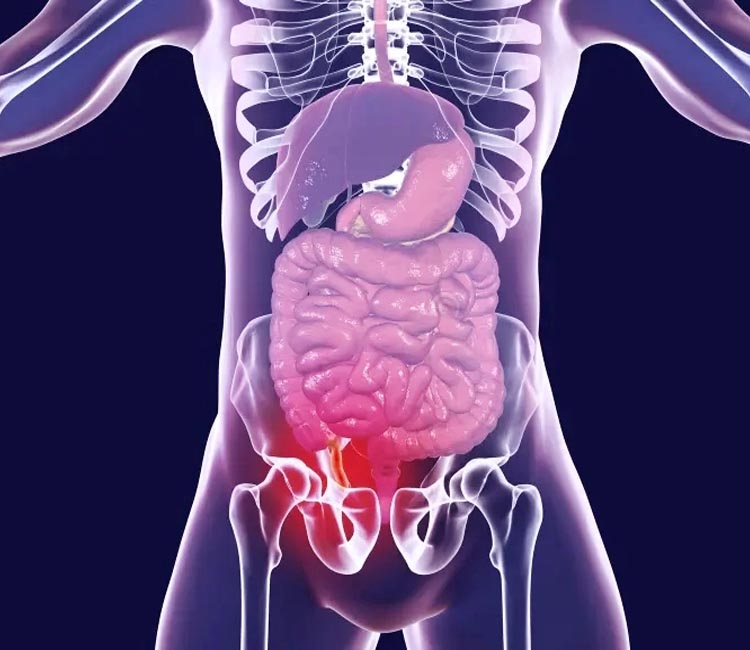
Our expert surgeons provide prompt and effective appendectomy solutions, offering advanced care to treat appendicitis, minimize risks, and ensure a fast return to normal activities.
Read more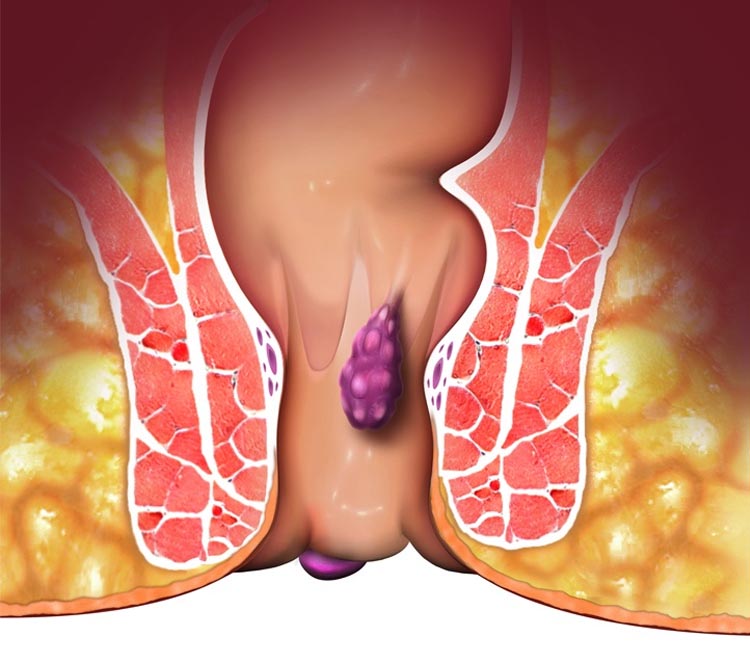
We specialize in advanced hemorrhoid treatments, using the latest surgical techniques for effective relief from discomfort, pain, and bleeding, ensuring a faster recovery with minimal downtime.
Read more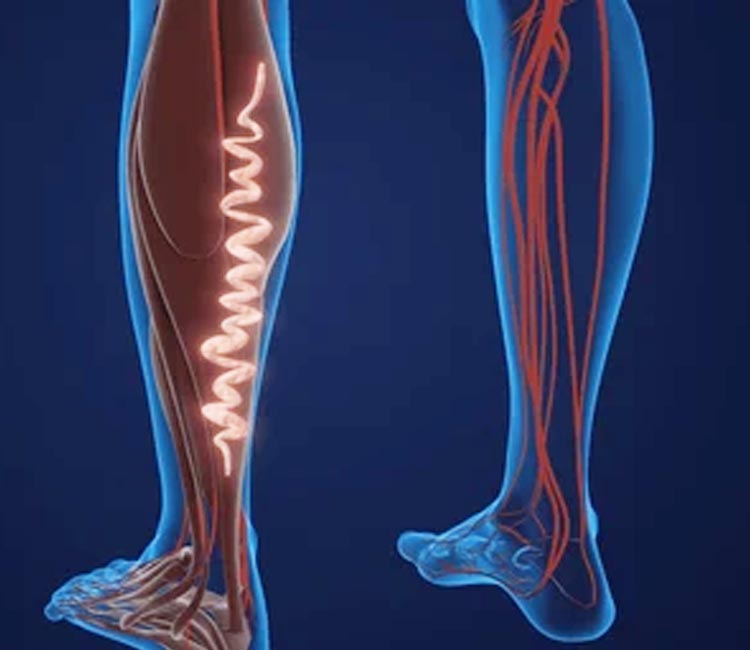
We offer cutting-edge treatments for varicose veins, using advanced surgical techniques to alleviate pain, enhance circulation, and restore the natural look and function of your legs.
Read more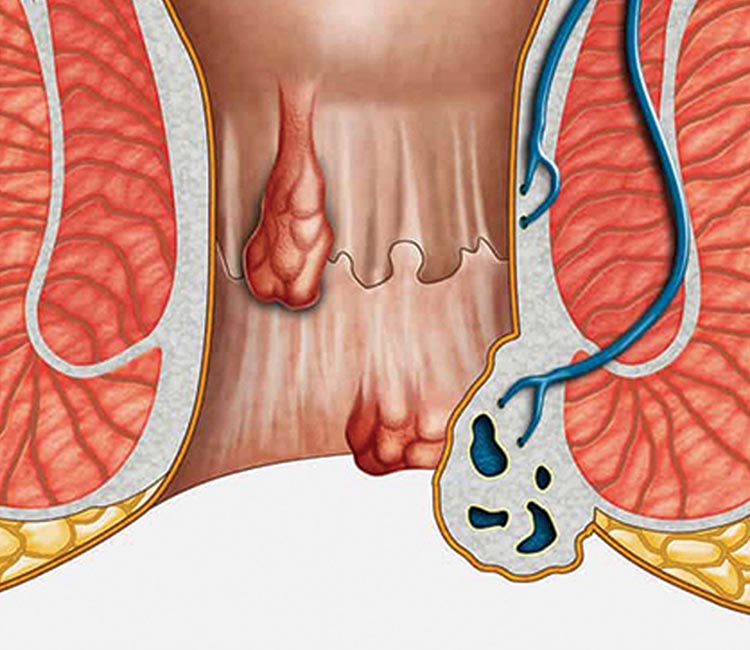
Our surgical care for pilonidal sinus focuses on minimally invasive procedures, ensuring precise treatment, rapid recovery, and a reduced risk of recurrence for optimal patient outcomes.
Read moreCopyright © 2024 Laparosurgeon All Rights Reserved. Powered by Spellinfo Technologies